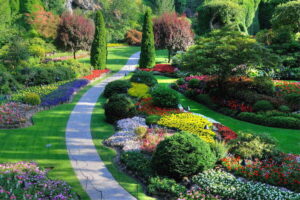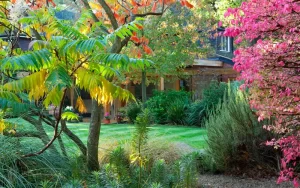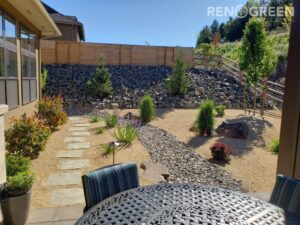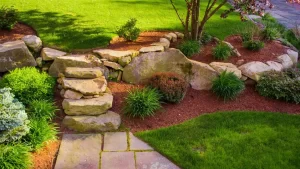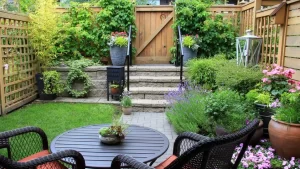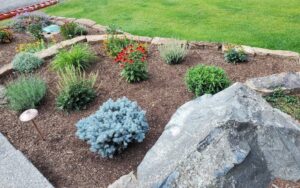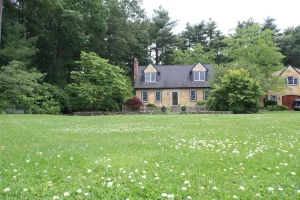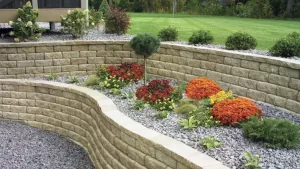How to Get Your out of Control Landscape Back into Shape Quickly
10 February, 2024
If you have an out-of-control landscape that needs to be brought back into shape quickly, here are some steps you can take:
- Assess the Situation: Walk around your landscape and assess the extent of the overgrowth or disorder. Identify areas that need the most attention and prioritize tasks accordingly.
- Clear Debris: Start by removing any large debris such as fallen branches, rocks, or other clutter that may be obstructing the landscape.
- Prune Overgrown Plants: Use pruning shears or a pruning saw to trim back overgrown shrubs, trees, and other plants. Focus on removing dead or diseased branches, as well as any growth that is encroaching on paths, structures, or other plants.
- Weed Control: Spend time pulling weeds by hand or using a hoe to remove them from flower beds, garden borders, and other areas. Consider using mulch to help suppress weed growth and retain soil moisture.
- Mow the Lawn: If you have a lawn that has become overgrown, mow it to an appropriate height to bring it back under control. Be careful not to remove more than one-third of the grass blade length at a time to avoid stressing the grass.
- Edge Garden Beds: Use an edging tool or shovel to redefine the edges of garden beds and borders. This helps give your landscape a clean, manicured look and prevents grass and weeds from encroaching on planting areas.
- Add Mulch: Apply a layer of mulch to garden beds and around trees and shrubs to help suppress weeds, retain moisture, and improve soil health. Organic mulches such as wood chips, shredded bark, or compost are ideal for eco-friendly landscaping.
- Water and Fertilize: Give your plants a good watering to help them recover from the pruning and trimming process. If necessary, apply a slow-release organic fertilizer to provide nutrients for healthy growth.
- Consider Hardscaping: If certain areas of your landscape are particularly difficult to maintain, consider adding hardscape features such as pathways, patios, or retaining walls. These can help reduce the need for ongoing maintenance and add structure to your landscape.
- Regular Maintenance: Once your landscape is back in shape, establish a regular maintenance routine to keep it looking its best. This may include regular mowing, pruning, weeding, and mulching, as well as occasional fertilizing and pest control.
By following these steps, you can quickly bring your out-of-control landscape back into shape and create a more manageable and attractive outdoor space.
- Gardening
- hardscape
- Landscape
- Lawn
- Plantation and Maintenance
Categories
Latest Post
- Gardening
- hardscape
- Landscape
- Lawn
- Plantation and Maintenance





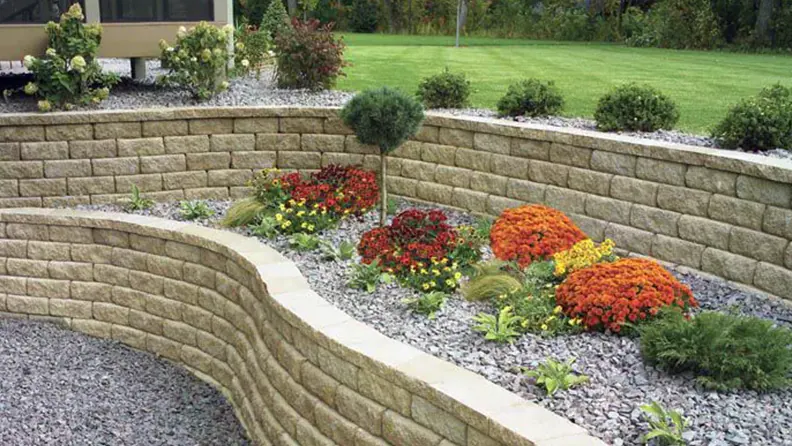
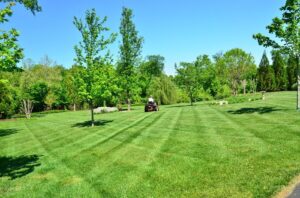
 .
.